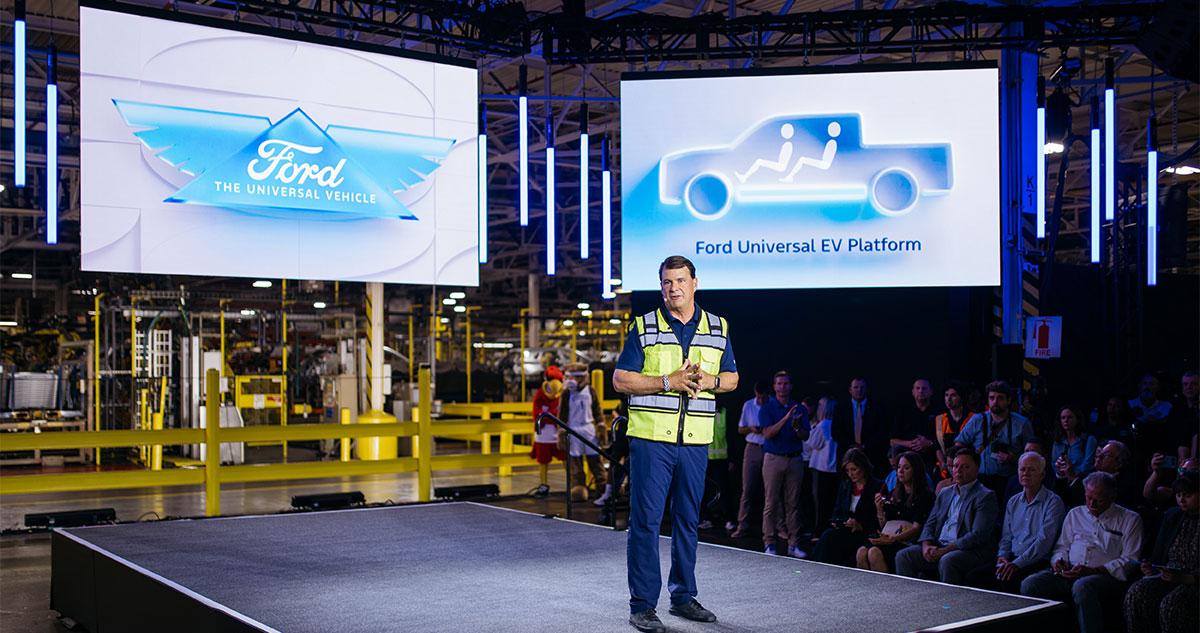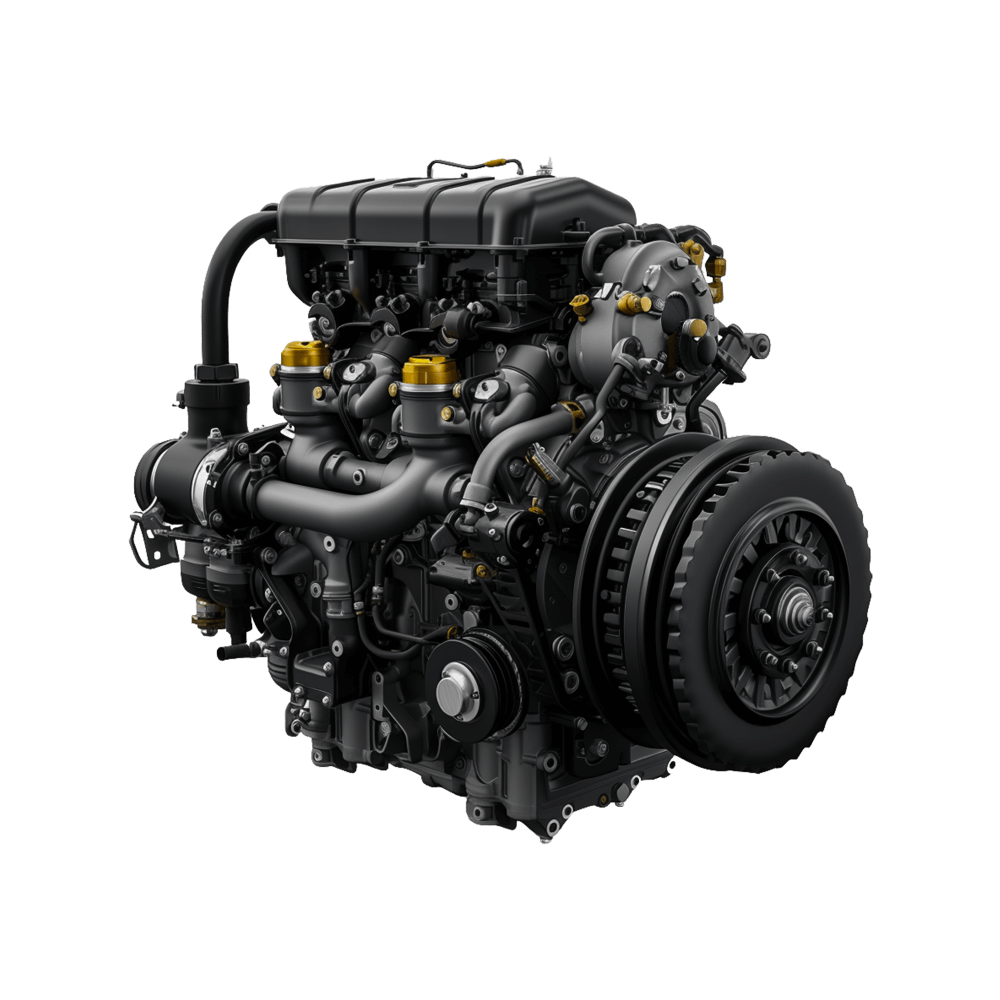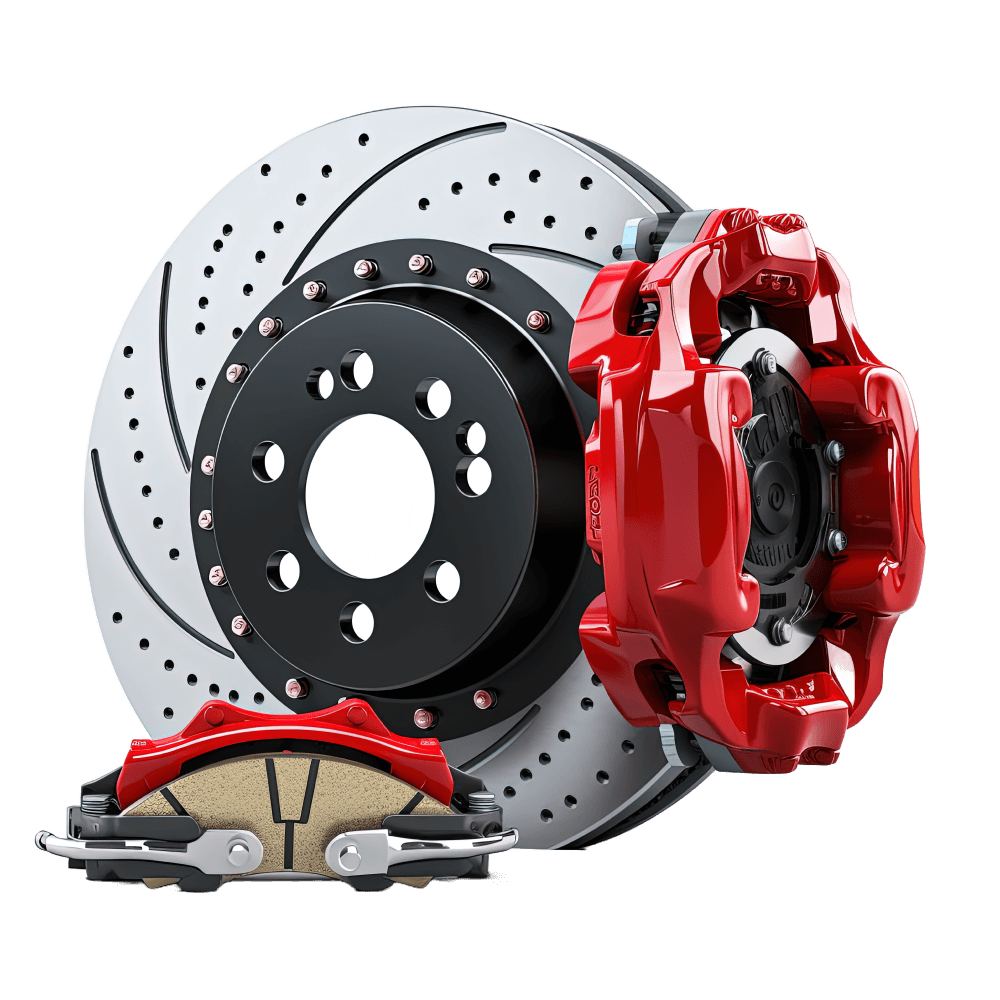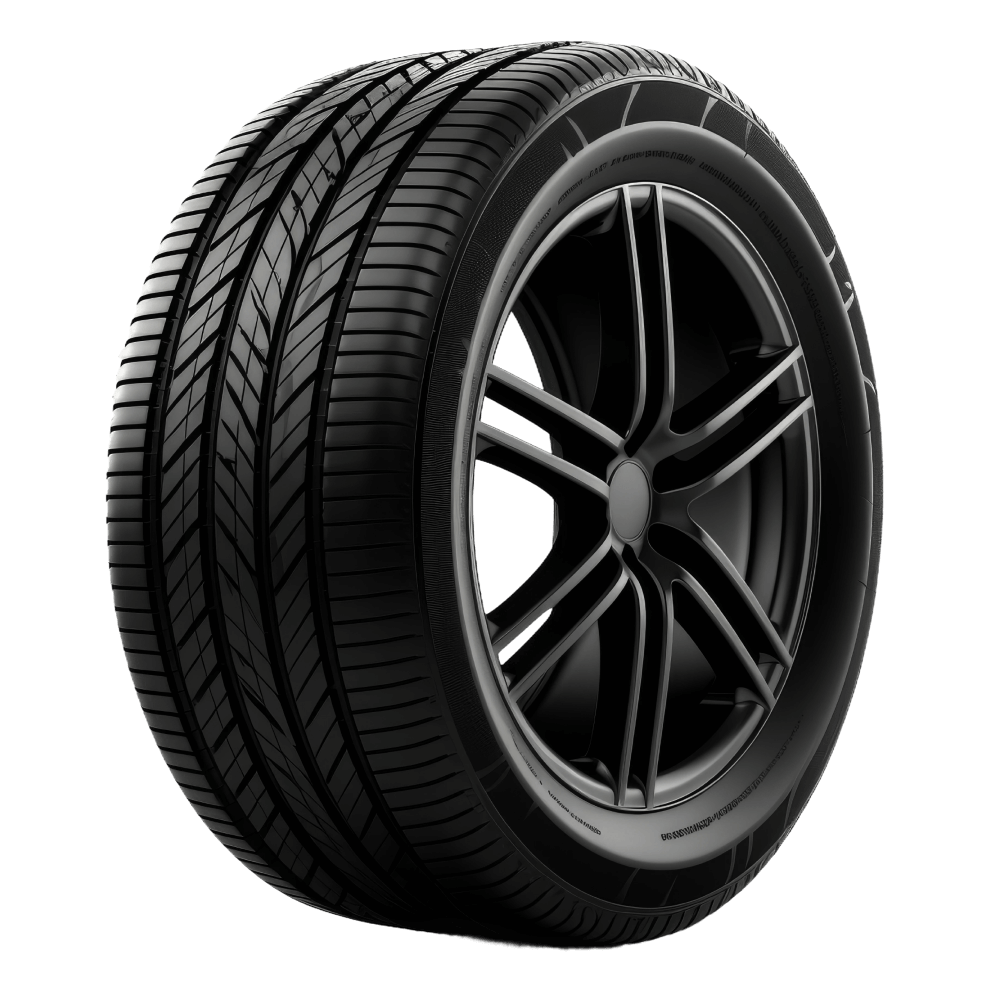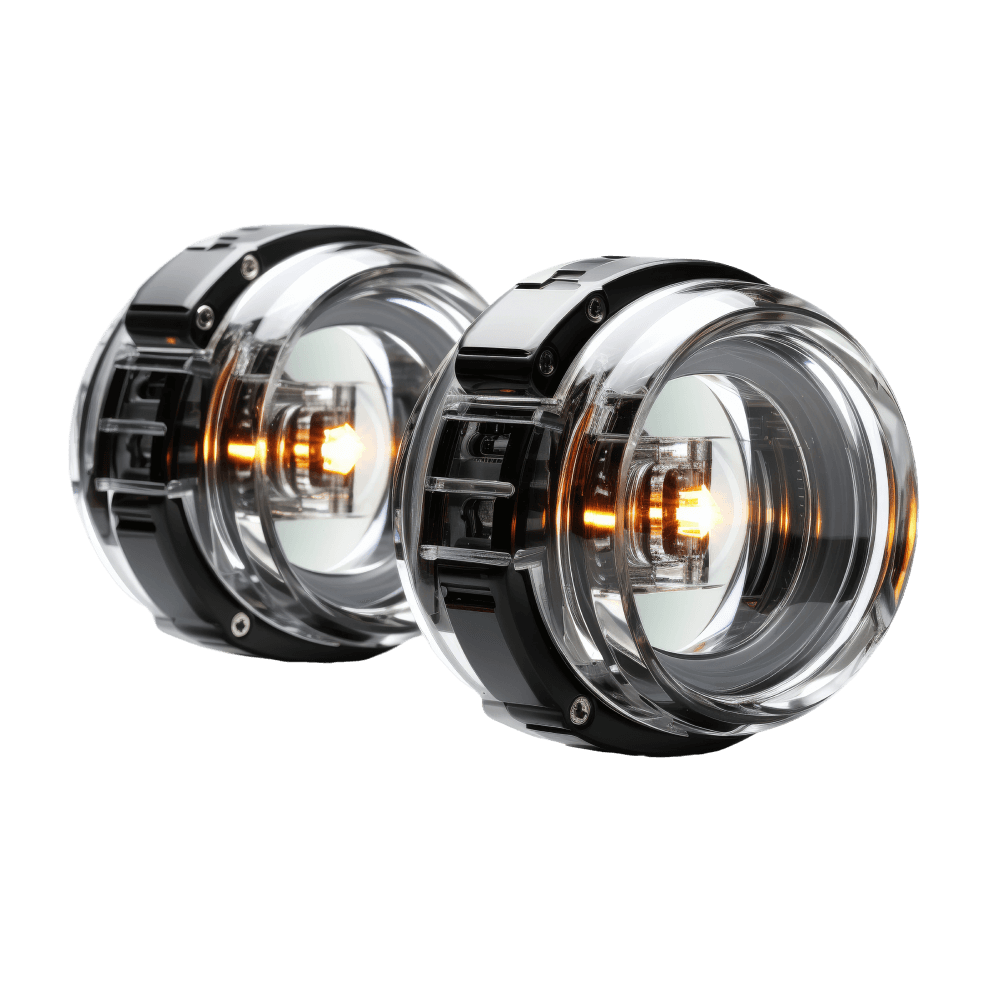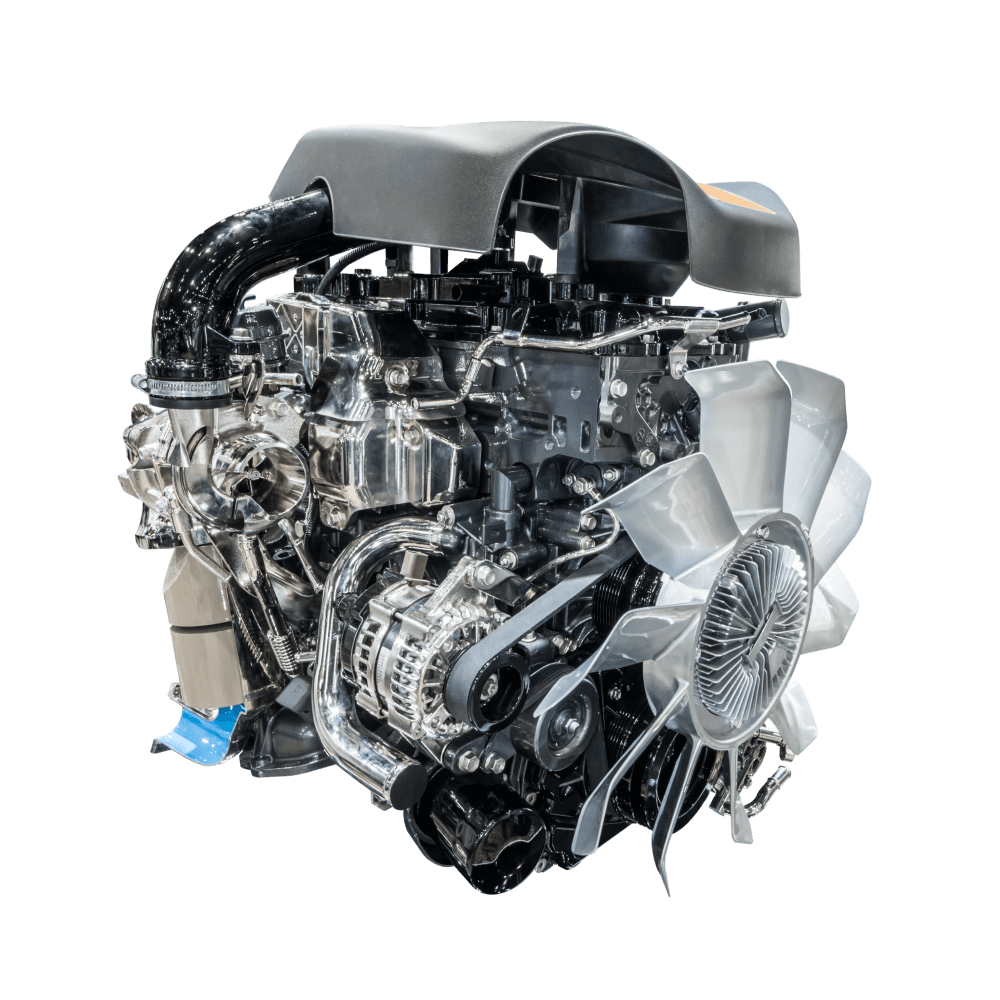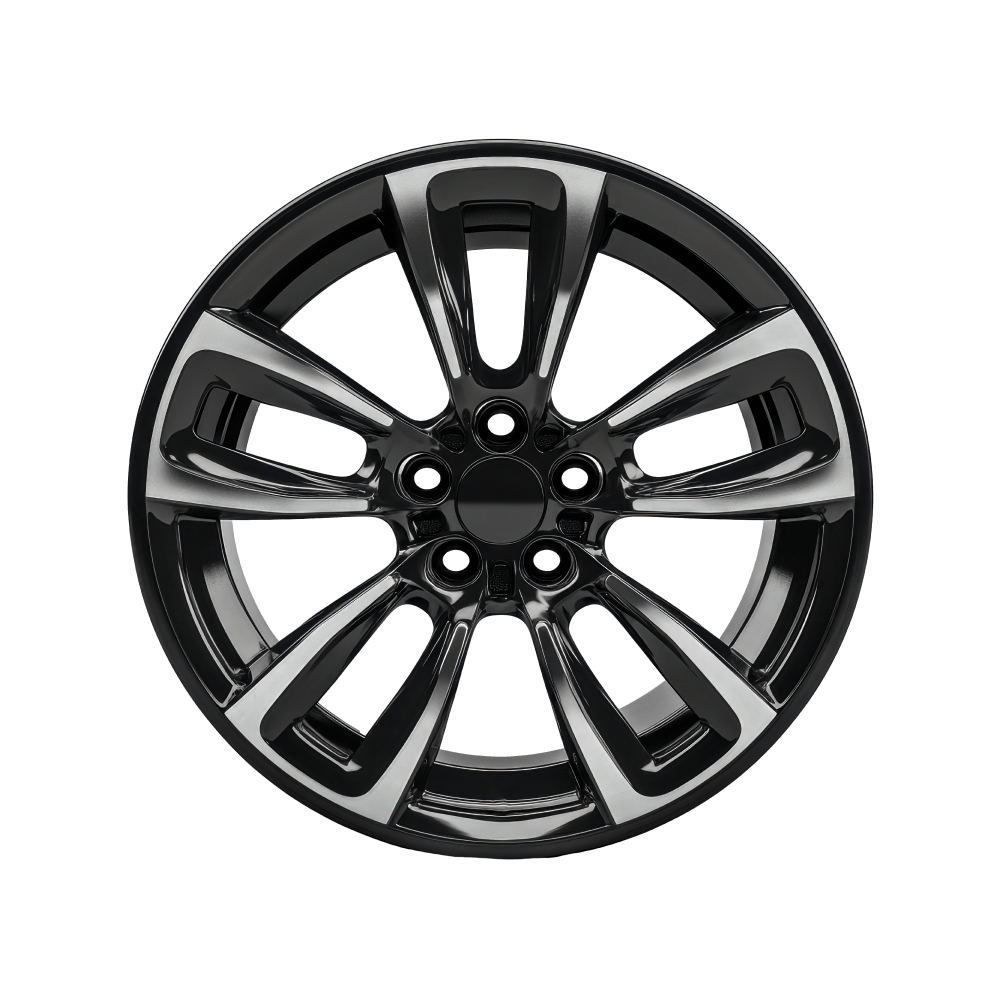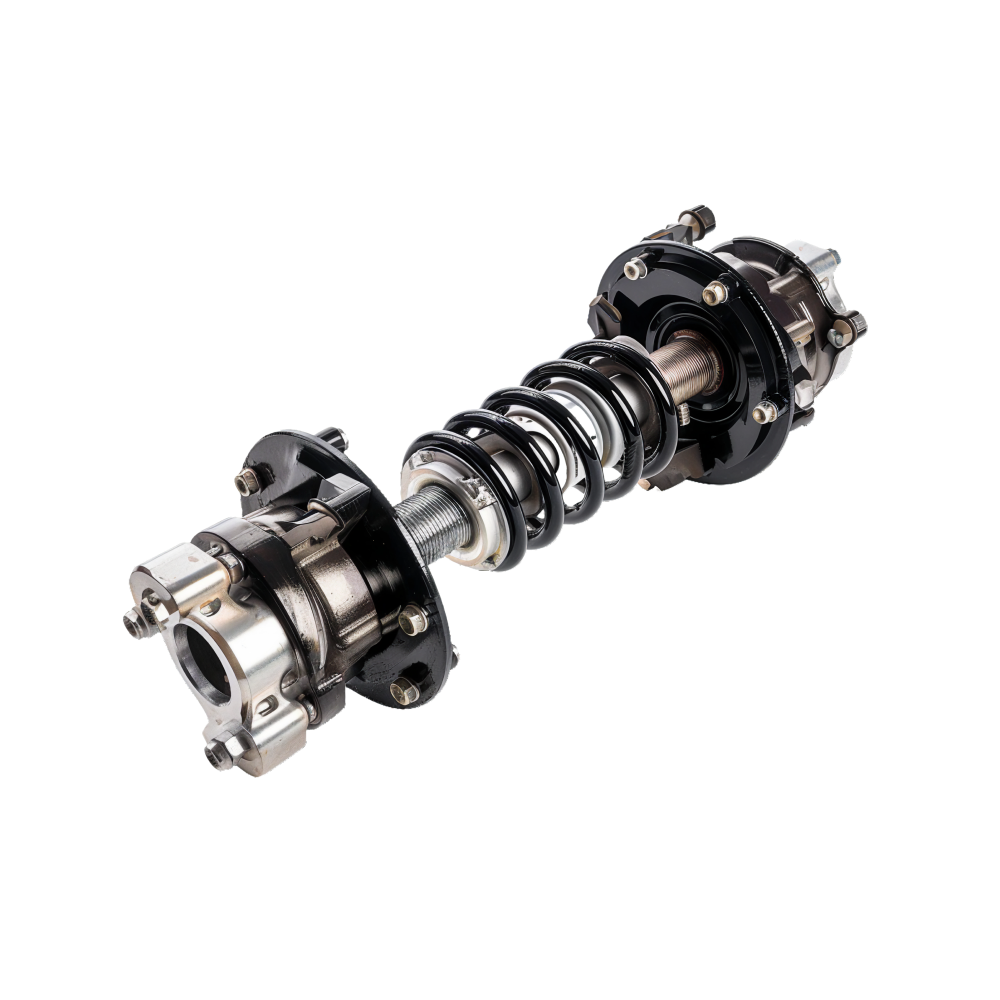Save Up to 20% Before Oct. 2!
When Ford introduced the famous Model T back in 1908, it was a breakthrough in every sense: a sturdy, reliable automobile finally priced low enough for everyday Americans. But the real magic came in 1913, when Ford invented the moving assembly line.
Suddenly, building a car took minutes, not hours, and millions could finally get behind the wheel. Fast forward over 110 years, and Ford’s doing it again, reimagining that same legendary process for the electric age.
This week, Ford unveiled its Ford Universal EV Platform, a brand-new vehicle architecture designed to power the company’s next line of electric cars, trucks and SUVs. Think of it as a one-size-fits-many foundation. Flexible enough to underpin multiple body styles, from midsize pickups to family SUVs, Ford will build a variety of new EV types on the same core structure. That means faster production, lower costs and more options for customers.
Ford says it will invest more than $2 billion to convert its Kentucky plant for the production of a new midsize electric pickup truck, set to begin rolling off the line in 2027. The facility, previously dedicated to gasoline-powered vehicles, is being transformed to focus exclusively on electric vehicle manufacturing. The $2 billion overhaul of the plant follows Ford’s previous $3 billion pledge for its EV battery facility in Michigan, with a combined investment of $5 billion expected to create or preserve around 4,000 jobs, according to Ford.
“We designed this platform to be the foundation for a new generation of electric vehicles. It is flexible enough to underpin trucks, cars, and everything in between,” said Ford this week. “Vehicles assembled on this platform will be affordable for the average family—but also highly efficient, customizable, and fun to drive. And they won’t be stripped down to the bare essentials. Instead, these vehicles will be packed with innovative features and new software experiences that set them apart.”
Instead of the usual linear setup, Ford’s innovative approach uses a tree-shaped assembly process. The vehicle’s front and rear sections are built separately on different lines. Meanwhile, a third branch focuses on assembling the structural battery—a key component integrated directly into the vehicle’s frame for added strength and safety.
Ford has redesigned its assembly line to boost efficiency and improve worker ergonomics by reducing twisting, reaching and bending. Automation will play a central role in accelerating vehicle production and testing, enabling the company to meet its affordability goals. When the Louisville plant reopens in 2027, it will employ 2,200 workers—600 fewer than today. According to Axios, displaced employees will be offered buyouts or the chance to transfer to nearby facilities.
The innovative new platform and production system at Ford are the product of a dedicated “skunkworks” team in Silicon Valley. Over the past few years, they have been working to reinvent the company’s manufacturing process, discarding old practices to create a flexible, efficient system for the electric vehicle era. Formed in 2021, the group brings together a diverse mix of experts hired from top EV brands like Tesla, Rivian and Lucid.
Ford is not alone in investing heavily in top-tier talent and cutting-edge manufacturing processes to stay competitive. With more American consumers embracing EVs to reduce taxes, save on fuel and drive more sustainably, the dominance of Chinese and other international manufacturers in the EV market has forced many U.S. automakers to rethink their strategies to remain relevant.
Today, the majority of electric vehicle sales in the U.S. are driven by domestic brands such as Ford, General Motors and Tesla. However, this edge is far from guaranteed.
A variety of factors, including tariffs on Chinese EVs, have largely kept industry giants like BYD, NIO and Li Auto out of the American market, despite their widespread success in Europe and Asia. This protective measure has allowed U.S. manufacturers a temporary advantage to boost production, sales and infrastructure. Ford now aims to make the most of this moment before Chinese rivals inevitably break through.
As the industry races to electrify, Ford is trying to reclaim lost ground, transforming decades-old production methods to compete with nimble startups and global giants. This Universal EV Platform promises greater flexibility, efficiency and affordability, but it also raises tough questions: Can a legacy automaker reinvent itself fast enough? Will this investment secure American jobs or simply automate them away? And in a global market increasingly dominated by Chinese EV makers, is this enough to keep Ford and the U.S. in the driver’s seat? Those answers will shape not just one company, but the future of an entire industry.
Photo from fromtheroad.ford.com
Pablo Urdiales Antelo is a news writer with a sharp focus on politics and business. Drawing from his experience in breaking news and pop culture commentary, he offers a comprehensive and international perspective on current affairs, helping audiences decode the complexities of our modern world.
5473 Blair Road, Suite 100
PMB 30053
Dallas, TX 75231
Copyright © 2025 SUCCESS Magazine. All rights reserved.
Save Up to 20% Before Oct. 2!
Copyright © 2024 SUCCESS Magazine. All rights reserved.
Unlock the Latest Knowledge that Can You Help You Achieve More in Life with More Confidence
Print and Digital Options Available
You’ve reached your limit of free
articles for this month!
(plus get access to hundreds of resources designed
to help you excel in life and business)
Please enter your username or email address. You will receive an email message to log in.
No, thanks, I’m not interested in personal growth.
Plus, get access to daily inspiration, weekly newsletters and podcasts, and occasional updates from us.
By signing up you are also added to SUCCESS® emails. You can easily unsubscribe at anytime. By clicking above, you agree to our Privacy Policy and Terms of Use.
Please enter your username or email address. You will receive an email message to log in.
Get unlimited access to SUCCESS®
(+ a bunch of extras)! Learn more.
Please enter your username or email address. You will receive an email message to log in.
The exclusive article you’re trying to view is for subscribers only.
(plus get access to hundreds of resources designed
to help you excel in life and business)
Please enter your username or email address. You will receive an email message to log in.

